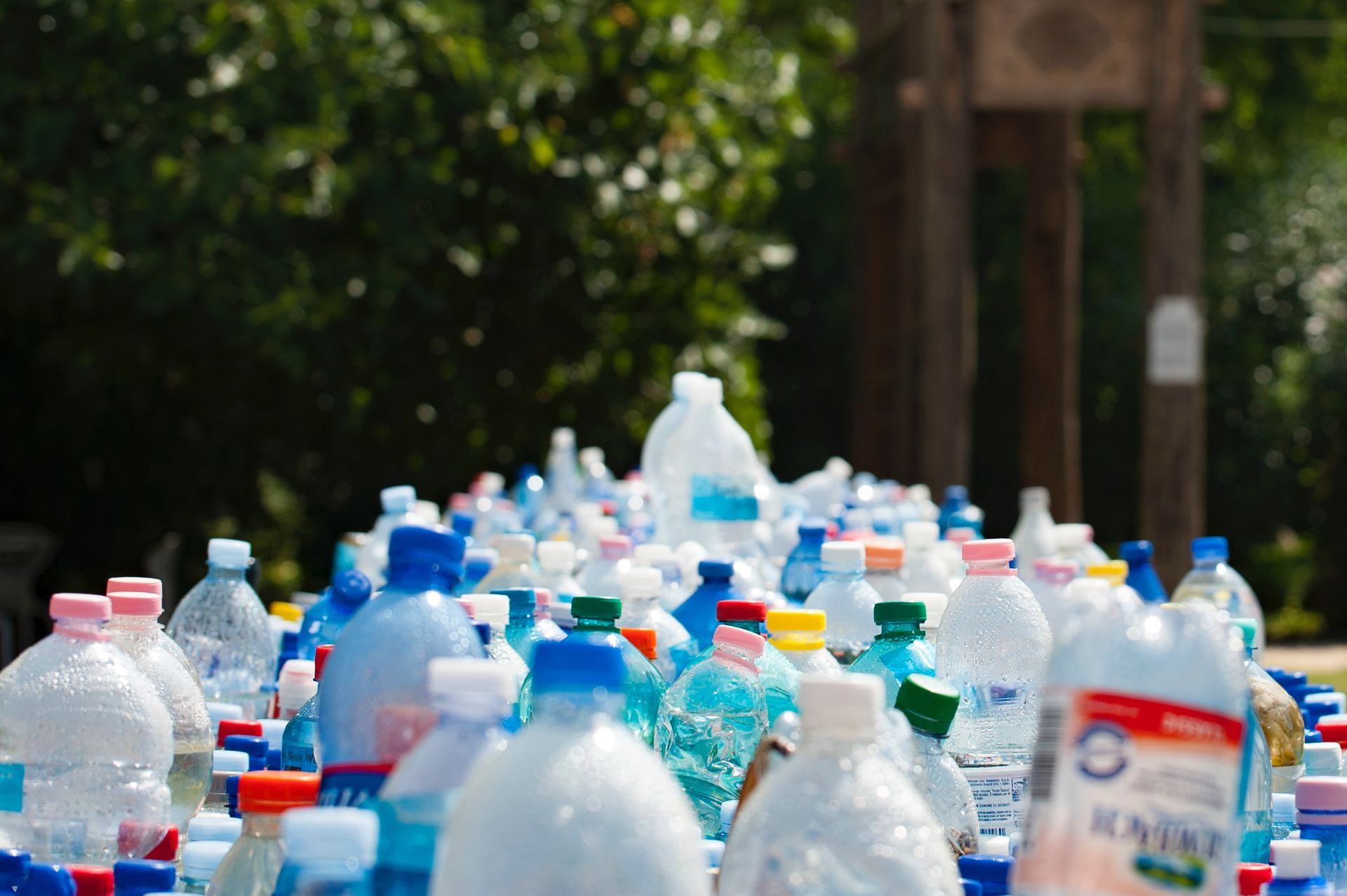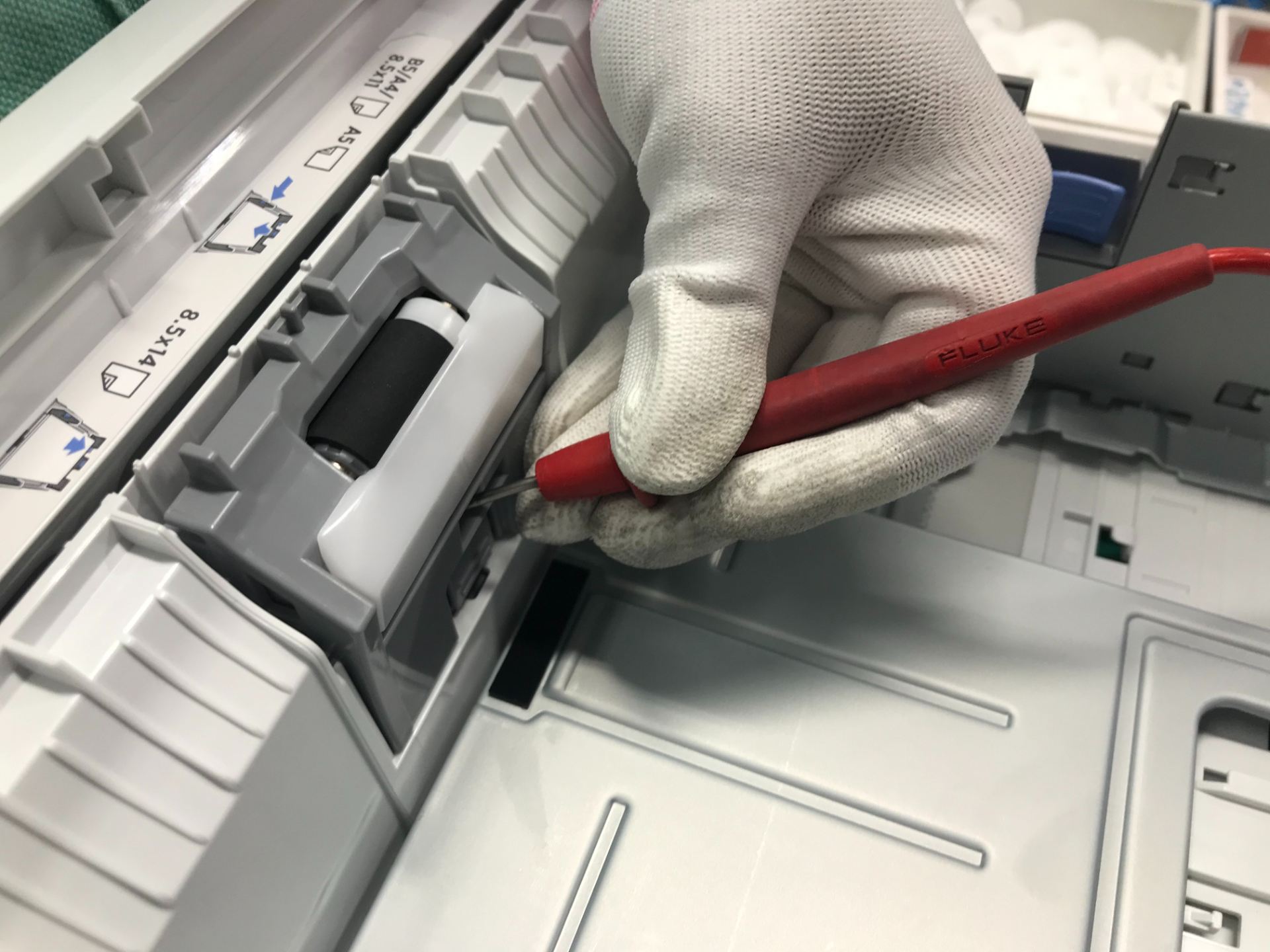
Caitlin Broadbent from the Ear Institute reflects on the contribution of technicians to sustainability.
The Royal Society of Chemistry organised a National Technicians’ conference in September themed around sustainability. Not only was this conference aimed at environmental sustainability but also sustainability of the technical workforce, ensuring that knowledge and skills were passed on. It was run as a hybrid conference, with in person delegates and others joining online.
Matthew Bennet, from University of East Anglia and seconded to help UCL with LEAF, approached me to speak about the sustainability efforts at the Ear Institute and I was more than grateful to oblige.
I wanted to convey the breadth of contributions from our technicians to sustainability in our department. Senior Technician Graham Nevill worked with Research Associate Steve Terry to produce our wonderful roof garden. Research Technician Scott Tytheridge is my Co-Lead for LEAF and helped us achieve Silver last academic year. Jake Cable and Modesta Blunskyte-Hendley, previous and current Research Technicians, came up with the idea and did the work needed for us to move to reusable fly vials. I also spoke about stepping outside of my comfort zone and learning more about audiology and sustainable education so I could support Martha Grech, one of our teaching team, with embedding sustainability in the curriculum.
We also heard from Martin Farley about LEAF and changes to criteria, and from Lee Hibbett of Nottingham University about their efforts in lab sustainability, which gave the audience many new ideas. I hope I encouraged even just one technician to think about the impact they could have by making sustainable changes in their labs.
Leading sustainable change
I have been so fortunate to have wonderful support from my department and my line managers in leading in sustainability. I moved to the Ear Institute on a secondment from the School of Pharmacy, where Alison Dolling was leading the LEAF movement in the teaching labs. I really wanted the Ear Institute to do the same, and so in my position as cell and molecular biology technician I started making some changes to consumables we bought and how we separated waste, to achieve Bronze. Then I set up a formal sustainability committee that now meets once a month, and we’re part of the Faculty Sustainability Committee led by John Draper from the Division of Psychology and Language Sciences.
Supporting others
We have a thriving Drosophila lab with incredible research technicians. A discussion with Jake Cable about fly vial waste led to a cost/waste analysis, and with the PI’s support – Prof. Joerg Albert, they moved to reusable fly vials. With the work of Modesta Blunskyte-Hendley and Ole Sudland, they went from disposing of ~1400 vials per month to reusing them.
Modesta kindly calculated the costs, labour and water for me. The fly lab go through approximately 15 trays of 100 vials per month, each tray taking 1 hour to remove the food, initial soap wash in the sink to remove food and placing in trays for dishwashing. Then an additional 5 hours to move the vials in/out of the dishwasher/autoclave which another Research Technician, Judy Bagi, also assists with, and into the trays for refill. Thus, extra labour is ~20 hours per month of a technician’s time. Cost wise, single use vials are £33.67 per tray (100 vials) whereas the reusable vials from Fly stuff cost the equivalent of £20.60 per 100 vials. Finally, we found the water consumption increased on our end, we used approximately 1800L extra per month with the initial rinsing, not including the dishwasher.
Given the extra labour and water usage, the team have moved to a mixed situation where we have some reusable vials, but still use some single use vials where needed.
Influencing for change
Coming from a more chemistry-based School of Pharmacy lab, I was used to seeing glass pipettes used in wet labs, so found that the waste from our single use serological pipettes was excessive, particularly in the molecular biology wet lab. I applied for £1963.69 from UCL’s Sustainability fund to buy a dishwasher part and some initial glass pipettes to allow us to move away from single use plastics in the wet lab. I put together a document on how to use them, where to put them for cleaning, where they would be stored and thought that would be enough to get people to make the move to reusable glass. I was wrong! I spoke to some of the lab users that were using the most plastic pipettes and came up with ways to make it easier for them, including having their own supply in their drawer, me collecting the pipettes and taking them to wash and slowly use increased.
Looking at the impact, it does appear that we have moved back to using more single use plastic pipettes, so the work continues and never stops in understanding the barriers to people making the change. I now include this in lab inductions and hope that the new lab users coming through can help us shift the culture towards reusable.
Learning new things
Finally, I wanted to show the other ways we, as technicians, can support other changes, outside our normal environment. We teach BSc and MSc Audiology at the Ear Institute, and through a pledge from the Faculty, I wanted to help embed sustainability in our curriculum. Through working with Martha Grech, one of our clinical teaching team who was leading on sustainability in teaching, we discussed how we can include sustainability in our new BSc programme from the start, and hopefully move to include more sustainability in our MSc programme going forward.
It has proven difficult finding ways to relate Audiology teaching to sustainability, particularly in some of the foundation science modules, but by using the UN Sustainable Development Goals we have found opportunities including ‘SDG3: Good Health and Wellbeing’ – our students will be healthcare practitioners so will be working to ensure their patients have good health, ‘SDG 10: Reducing inequalities’ – our students will be working with the Deaf community and those who are hard of hearing, so are the forefront of ensuring these patients have access to technologies that can improve their hearing if they wish.
Through ‘SDG4: Quality education’, we can ensure that our future audiologists are working to advocate for their patients in their healthcare choices. Ensuring I had enough knowledge to support Martha with this was difficult and meant stepping outside my comfort zone, but it has been incredibly interesting to learn more about what we teach our students and how that can help patients in the future.
Impact of technicians
Overall, I think technicians are incredibly well suited to making sustainable changes. We are involved in the day to day running of labs and logistics. We make procurement choices and can ensure the products we buy are not just greenwashed. We know the health and safety required to make changes e.g. where biological safety is concerned, and we can assess the impact on labour and costs. Technicians can have a big impact in the labs and further afield, after all ‘Technicians make it happen’.
View the conference sustainability slides (PDF document)

 Close
Close











